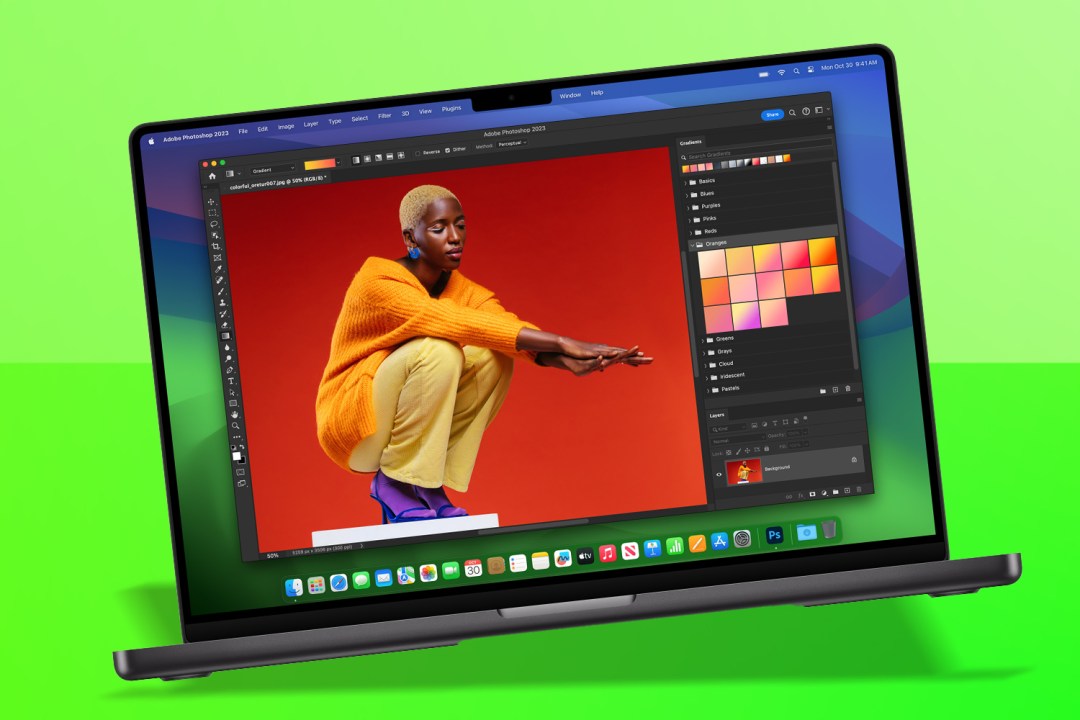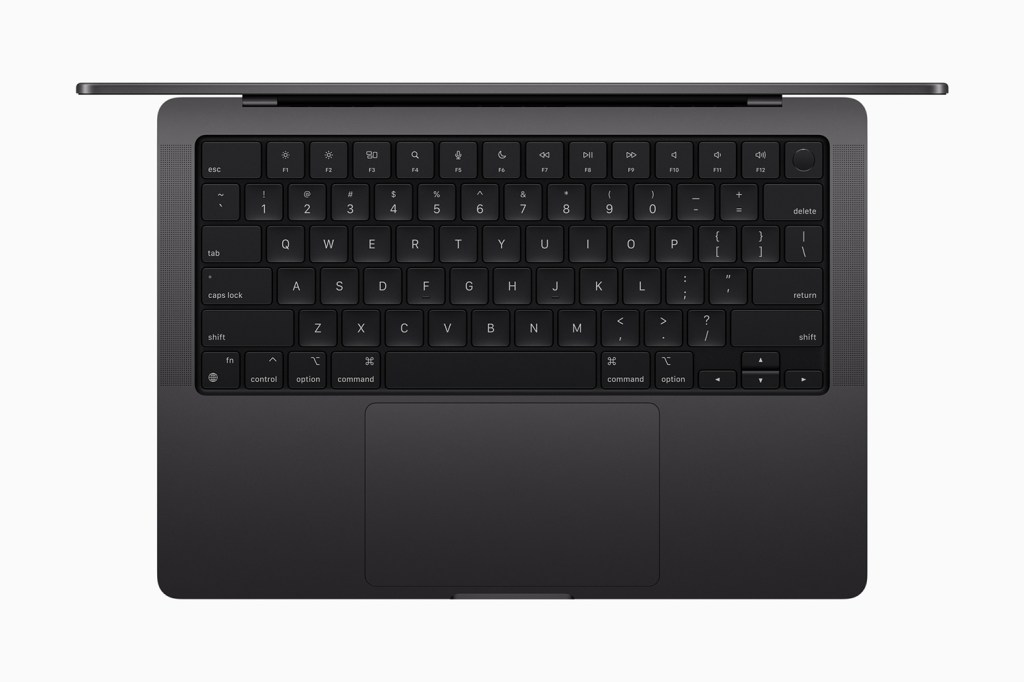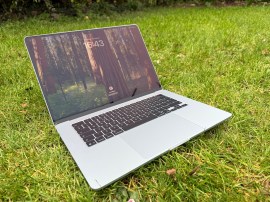Good, better, best: With M3 MacBook Pros, Apple’s pro laptops make sense again
Touch Bar kicked into touch. M3 chips all released at once. A coherent MacBook Pro line. Yes, please

There are moments with companies when you worry something’s broken. They appear to veer away from what made them special. Occasionally, there’s a second moment, where you see things click back into place. That’s what Apple’s ‘Scary Fast’ event felt like as I watched.
The event kicked off in the dark with a spooky intro, with Apple HQ akin to a scary theme park ride, packed full of mist and bats. Alas, there was no Tim Cook in a ghost outfit. Instead, he was dressed in black and very, very dark grey. (Hang on – is he Batman?) He immediately got down to business, in an event that whizzed by.
Brevity suggests focus. And what Apple announced cemented this. Here was an Apple that – within the context of these announcements – felt more coherent than it has in a long while. And that’s great, because at its best, Apple is a living embodiment of the famous Steve Jobs grid.
Two by two: hoorah!
The story goes that after weeks of product review sessions after his return to the company during the late 1990s, Jobs finally snapped. Annoyed at the baffling array of devices Apple offered, he decreed Macs should slot into a simple grid. Two columns: ‘consumer’ and ‘pro’. Two rows: ‘desktop’ and ‘portable’. Long-time Apple watchers often hark back to that grid and grumble Apple’s current line-up doesn’t align. But Apple in 2023 is not Apple in 1997. It’s a bigger company, with a richer device ecosystem and broader ambitions.
Even so, I’ve of late had concerns when Apple slips back to the age of beige, with confusing line-ups and release schedules. For example, the first two generations of Apple Silicon had the more powerful chips lag months behind. Nearly a year passed between the M1 and M1 Pro/M1 Max, during which time Apple tried to convince everyone Intel flagships were still great, while they were pummelled in benchmarks by entry-level MacBook Airs. Meanwhile, the MacBook Pro line morphed and creaked, first with a mix of Apple Silicon and Intel models, and later with a legacy unit hanging around like a bad smell, by then loved only by TouchBar fans and masochists.
All that was washed away in 30 minutes during this event. The M3, M3 Pro and M3 Max chips all debuted at the same time. Even better, the MacBook Pro range now feels coherent again, broadly aligning with the good (M3), better (M3 Pro), best (M3 Max) thinking that for a long time drove Apple’s best product lines.
M3 for you, M3 for me

Apple also wisely hammered home how these devices could be used and – importantly – who might use them. The M3 MacBook Pro is ideal for students and people who’d mostly be fine with a MacBook Air, but need a thermal system that allows for sustained performance. Creatives craving extra clout can go for an M3 Pro chip. And anyone with extreme workflows can opt for the M3 Max.
That’s not to say everything is now perfect. The lack of a space black M3 MacBook Pro irks. 8GB of RAM is a miserly start point, regardless of Apple’s claims about the efficiency of unified memory (the same claims it’s made since 2020). And the M3 supporting a sole external display doesn’t stack up well when compared to broadly equivalent Windows machines. But the MacBook Pros are now fundamentally the same machine. One is no longer a relative relic, with an ageing design, an inferior display, and a weird touchscreen strip no-one wants.
In short, it all makes sense. Which might be a low bar, but it’s one much of the industry doesn’t clear at all – and that even Apple has too often bashed its head on. Here’s hoping the remainder of the M3 era continues to nod back to that important aspect of Apple’s past – that sense of focus – while the technology continues to forge a path to the future.



